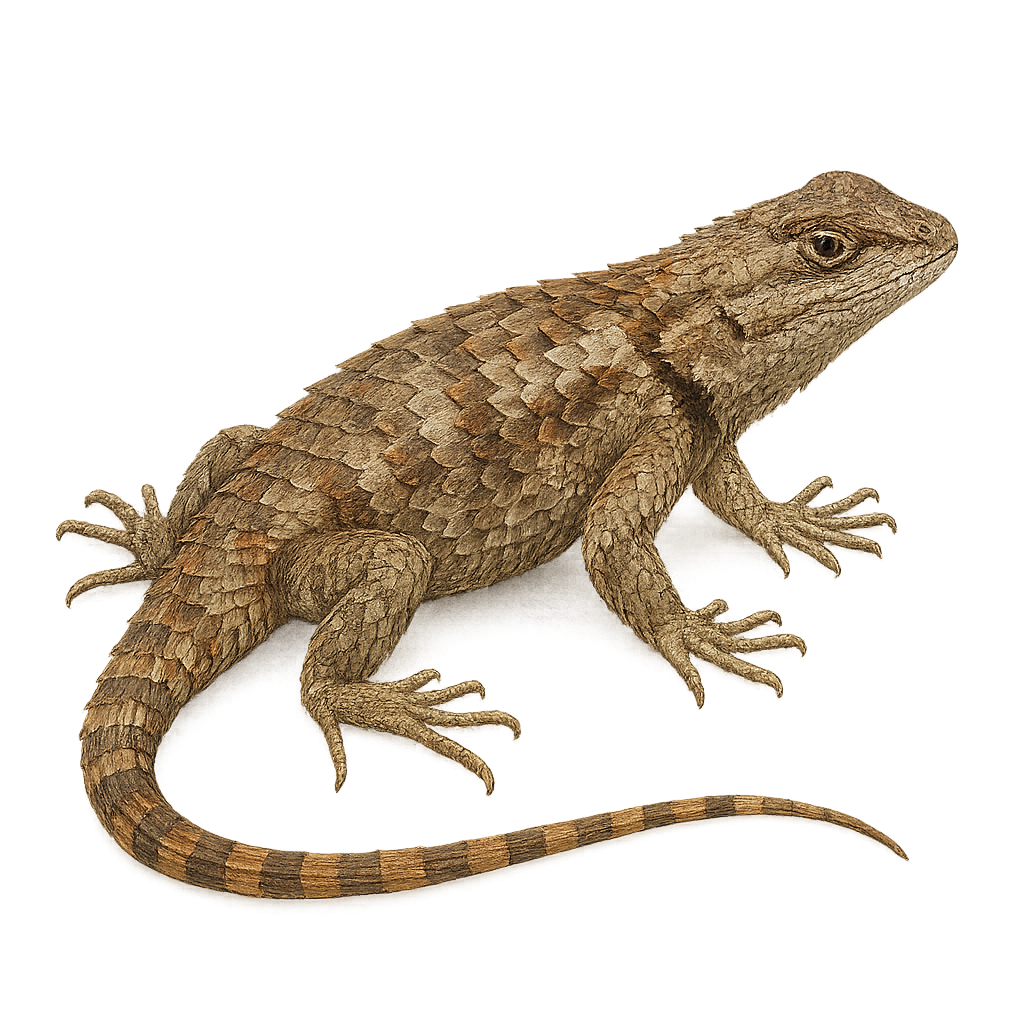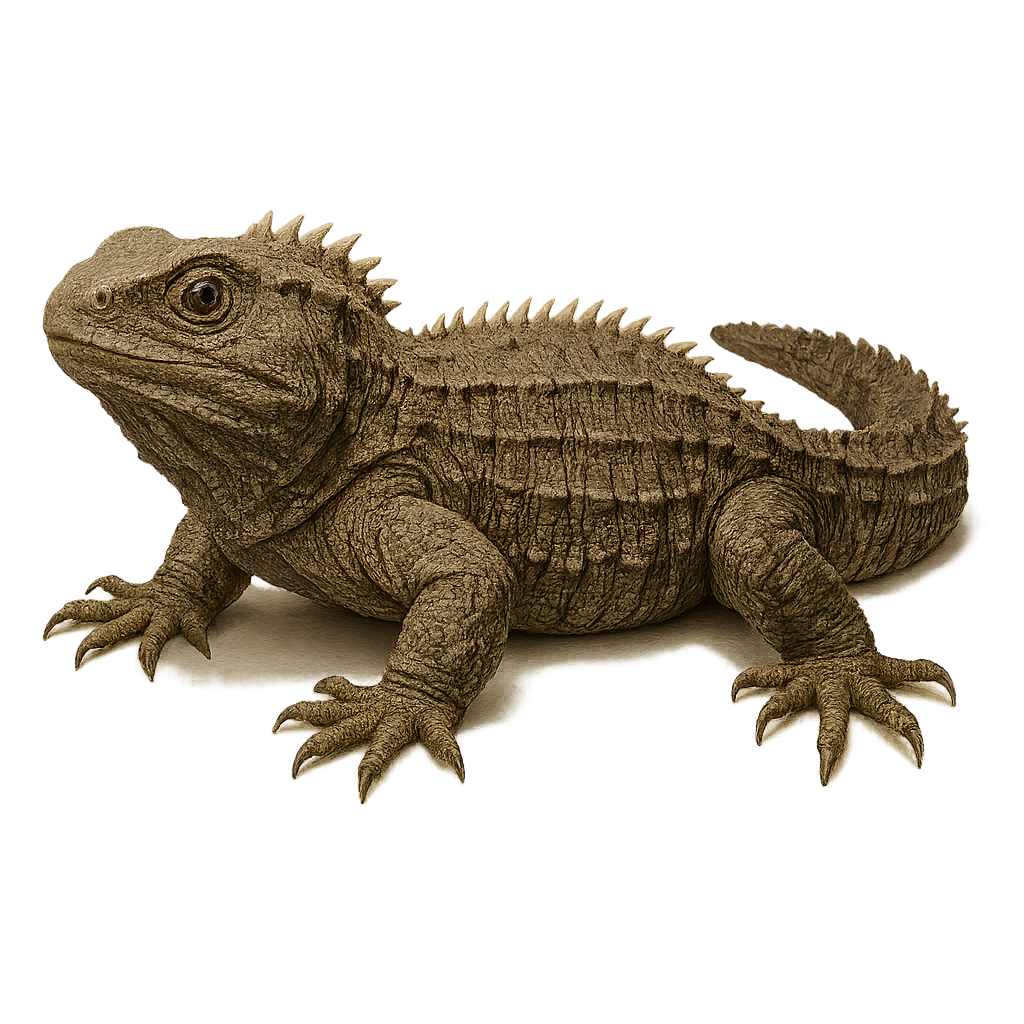Your wildlife tracking tool..
Browse 2,846species by country, track observations, and plan your photo outings.
Your global reference for wildlife photography
WildlifePhotographer gives you access to over 2,846 wildlife species sheets to help you identify, understand, and photograph wildlife around the world. Mammals, birds, reptiles… each sheet provides key information: habitat, activity, life cycle, signs of presence, and tailored photo tips.
Our database grows every week with new iconic species. To go further, access maps, reminders, logs, and personalized statistics in the app — designed to meet the real needs of wildlife photographers in the field.
Thorny devil
Moloch horridus
The Thorny devil is a fascinating lizard native to the deserts of Australia. Its skin is covered with sharp spines that allow it to camouflage effectively among rocks and desert vegetation. It primarily feeds on ants, which it captures using its sticky tongue. When threatened, it adopts a defensive posture, inflating its body and displaying its spines to appear larger and more threatening. While calm, it is an expert in the art of camouflage and uses its appearance to protect itself from predators.
Tokay gecko
Gekko gecko
The Tokay gecko is a large lizard native to the tropical forests of Southeast Asia. This gecko is particularly known for its vibrant colors, with a gray or bluish body speckled with orange or red spots, making it easily recognizable. The Tokay gecko is nocturnal and arboreal, living in forested habitats, often near human dwellings. It is also famous for its distinctive call, resembling its name, tokay," which it uses to defend its territory or attract a mate. This gecko is a carnivorous predator, feeding mainly on insects and small vertebrates."
Texas Spiny Lizard
Sceloporus olivaceus
The Texas Spiny Lizard, scientifically known as Sceloporus olivaceus, is a medium-sized reptile, typically measuring between 18 and 28 cm in length. Its coloration ranges from gray to brown, with band-like or spotted patterns that provide excellent camouflage in its natural habitat. This lizard is primarily arboreal, preferring trees and shrubs for hiding and hunting. It has spiny scales that offer protection from predators. Active mainly during the day, it feeds on insects and other small invertebrates. The Texas Spiny Lizard is a suspicious creature but can become accustomed to human presence if not disturbed.
Tuatara
Sphenodon punctatus
The Sphenodon punctatus, commonly known as the tuatara, is a reptile endemic to New Zealand. Often considered a living fossil, it belongs to an order of reptiles that thrived around 200 million years ago. The tuatara is nocturnal, primarily active at night, and feeds on insects, spiders, small birds, and eggs. It is recognizable by its spiny crest along the back, more pronounced in males. Tuataras have an exceptional lifespan, with some living over 100 years. They are oviparous, and females lay eggs that take between 12 and 15 months to hatch. Although protected, tuataras are threatened by habitat loss and introduced predators.





